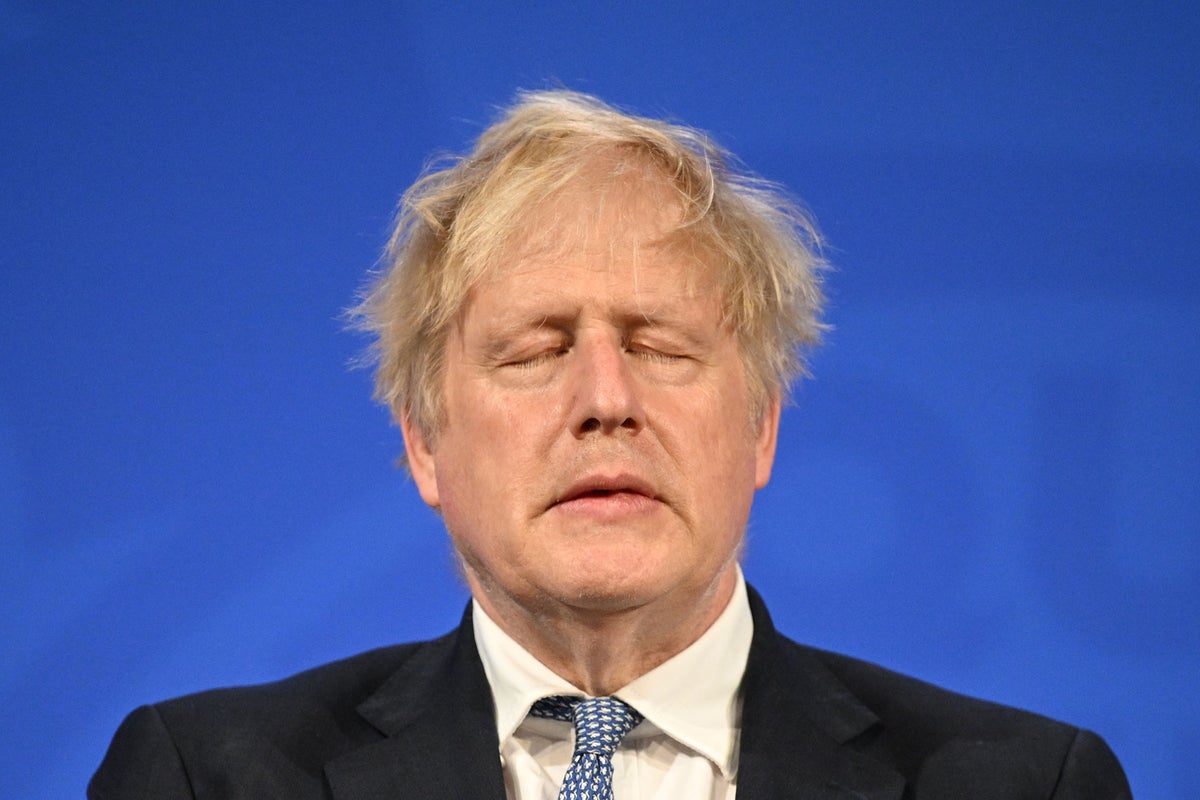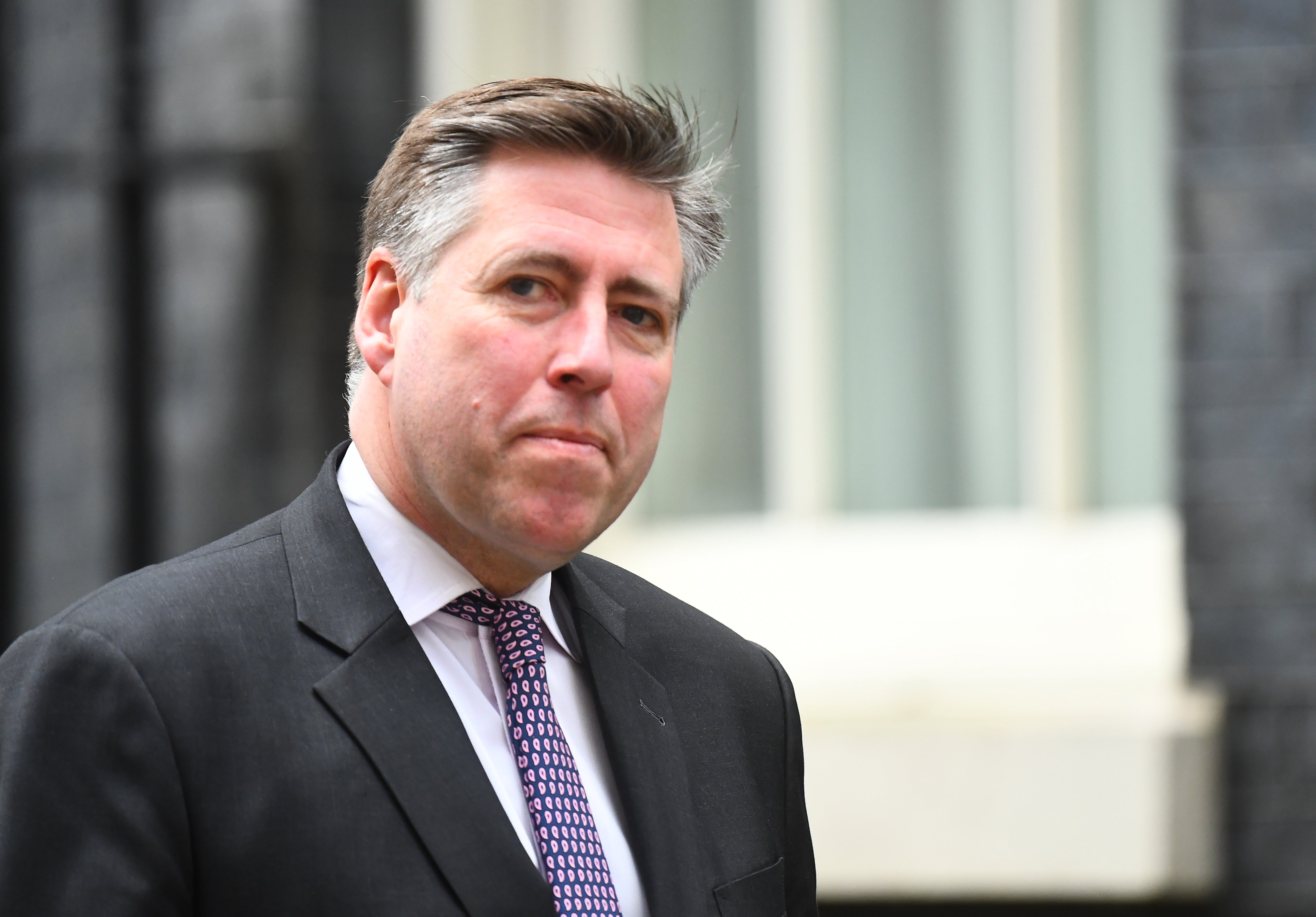
More Conservative MPs have put forward a letter of no confidence in Boris Johnson, as calls for him to resign as prime minister continue.
Tories Andrew Bridgen and Elliot Colburn confirmed on Monday that they have handed in no-confidence letters, joining a growing number of colleagues.
It comes as reports of potentially more coronavirus rule-breaking at No 10 emerge beyond the conclusion of the Metropolitan Police’s investigation and civil servant Sue Gray’s report.
For a prime minister to go, the incumbent must resign, their party must lose the next general election or they must lose a vote of no confidence.
With different parties having different rules, here we look at how a Conservative prime minister can be ousted.
– What are the Conservative rules for a vote of no confidence?
Mr Johnson has shown no sign of being prepared to quit and a general election is next pencilled in for 2024, meaning those options appear to be off the cards.
But a Conservative Party leadership contest could be triggered if Mr Johnson were to lose a confidence vote among his own MPs.

A total of 54 letters of no confidence from Tory MPs, 15% of the parliamentary party, would have to be submitted to Sir Graham Brady, chairman of the 1922 Committee of backbench MPs, for a vote to be held.
MPs’ letters are held on file by Sir Graham, unless they are withdrawn, and he keeps a secret running tally of the number.
If the 15% threshold is reached, he will announce a no-confidence vote.
At least 50% of Tory MPs must vote “no confidence” for the PM to lose.
A leadership contest would then start, with Mr Johnson unable to run as a candidate.
If he survives, he would be granted a 12-month reprieve from future party no confidence bids.
More than 20 MPs have publicly said they want a vote, although it is not clear whether all of them have written to Sir Graham.
Meanwhile, others may have put in a letter without declaring it, making the exact numbers hard to know.
– How does a Tory leadership contest work?
The contest takes place in two stages.
In the first stage, Conservative MPs put themselves forward as candidates.
All Conservative MPs then vote in a series of rounds to reduce the number of candidates until only two remain.

The second stage of the contest sees the two remaining candidates put to a vote of Conservative Party members.
Boris Johnson won the leadership contest in 2019 against Jeremy Hunt, following Theresa May’s resignation.
– What is a confidence motion?
A confidence motion is a way of testing whether the PM and their government still have the support of the House of Commons.
Opposition parties can put forward such a motion and if it has enough support, it can be chosen for debate in the House before it is voted on.
Under rules in place since 2011, if the Government loses the vote it has 14 days to try to win back the confidence of MPs through another vote.
At the same time, opposition parties can try to form their own alternative government.
After a fortnight, if no resolution is found, an election is automatically called.
During the Brexit deadlock, Theresa May survived a confidence vote in January 2019 after it had been called for by then Labour and opposition leader Jeremy Corbyn.
The Liberal Democrats put forward a motion of no confidence against Boris Johnson’s government in January, shortly after the partygate allegations first emerged, but it failed to get enough support.
Even if a poll is held, MPs tend to vote along party lines when it comes to a vote that has the potential to bring down the Government.
Given Mr Johnson has a working majority of 77, even a noteworthy number of MPs rebelling against that norm over the partygate affair is unlikely to see him toppled.
– Will the Prime Minister survive?
Mr Johnson has made a career of sailing close to the wind and has refused to resign despite several waves of MPs calling for him to do so.
Mr Bridgen, who resubmitted his no-confidence letter after withdrawing the original in March due to the invasion of Ukraine, suggested on Monday that the tally may now be “close” to triggering a ballot.
Yet even if a ballot is triggered, 179 of the 357 current Conservative MPs would need to vote “no confidence” to trigger a leadership election.
If Mr Johnson avoids or survives a no-confidence vote, his authority has still been badly damaged and leaves him vulnerable to other crises, like the rising cost of living.







